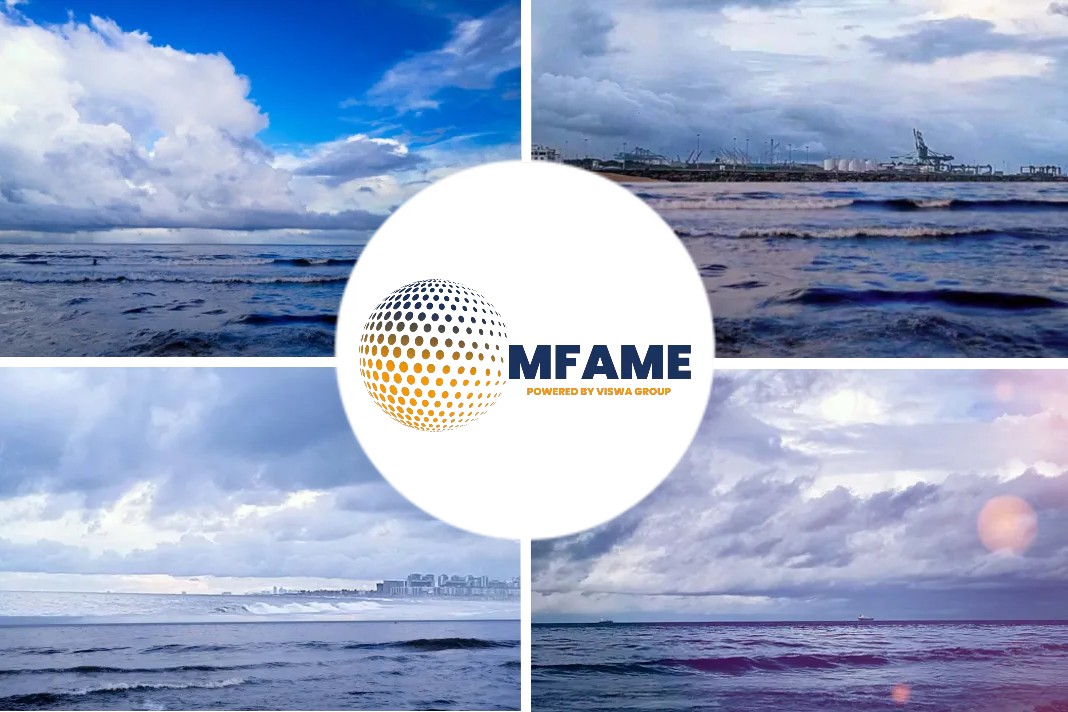
The ro-ro market has exploded as the container shipping bonanza comes to an end, with full ships, sky-high spot rates, and space on vessels at an absolute premium for months to come as reported by The Loadstar.
Vessels deployed
As carriers fulfil service contracts, forwarders shipping electric vehicles must make reservations up to four months in advance; nevertheless, any surplus freight, even that for clients who have signed contracts, requires paying spot prices.
As ro-ro rates have increased in the last year on all routes worldwide, one forwarder informed The Loadstar that this can be very expensive.
“The ro-ro market is actually experiencing a minor crisis. Although spot market rates are rising, there is just not enough capacity.”
There are only five major global scheduled carriers, so some OEMs are attempting to charter tonnage but are unable to do so because all available vessels are already deployed.
Ironically for the automotive industry, factories are now able to produce goods because parts are available, but finished vehicles are still sitting at ports because there aren’t enough vehicles that can transport them.
Challenging task
This strategy hasn’t worked for many years, but now with limited capacity and rising ro-ro prices, the market has changed, the forwarder said. “It is now very competitive, it can be cheaper to ship a vehicle in a container, or even to break down a major agricultural machine to containerize it. The only effective and efficient option to carry cars on long-haul highways is to containerize them,” according to the forwarder.
Demand for electric vehicles is steadily increasing as the switch to them picks up speed, but getting the cars to market is proving to be a challenging task that, according to forwarders, will persist through next year and possibly into 2024.
The stock market also reflects the state of the economy, with Wallenius Wilhelmsen, one of the bigger ro-ro operators, listed on the Euronext, ending 2019 at just over NOK20 a share, dropping to below NOK8 during the epidemic, but now rebounding to just under NOK100 ($10).
Did you subscribe to our newsletter?
It’s free! Click here to subscribe!
Source: The Loadstar






















